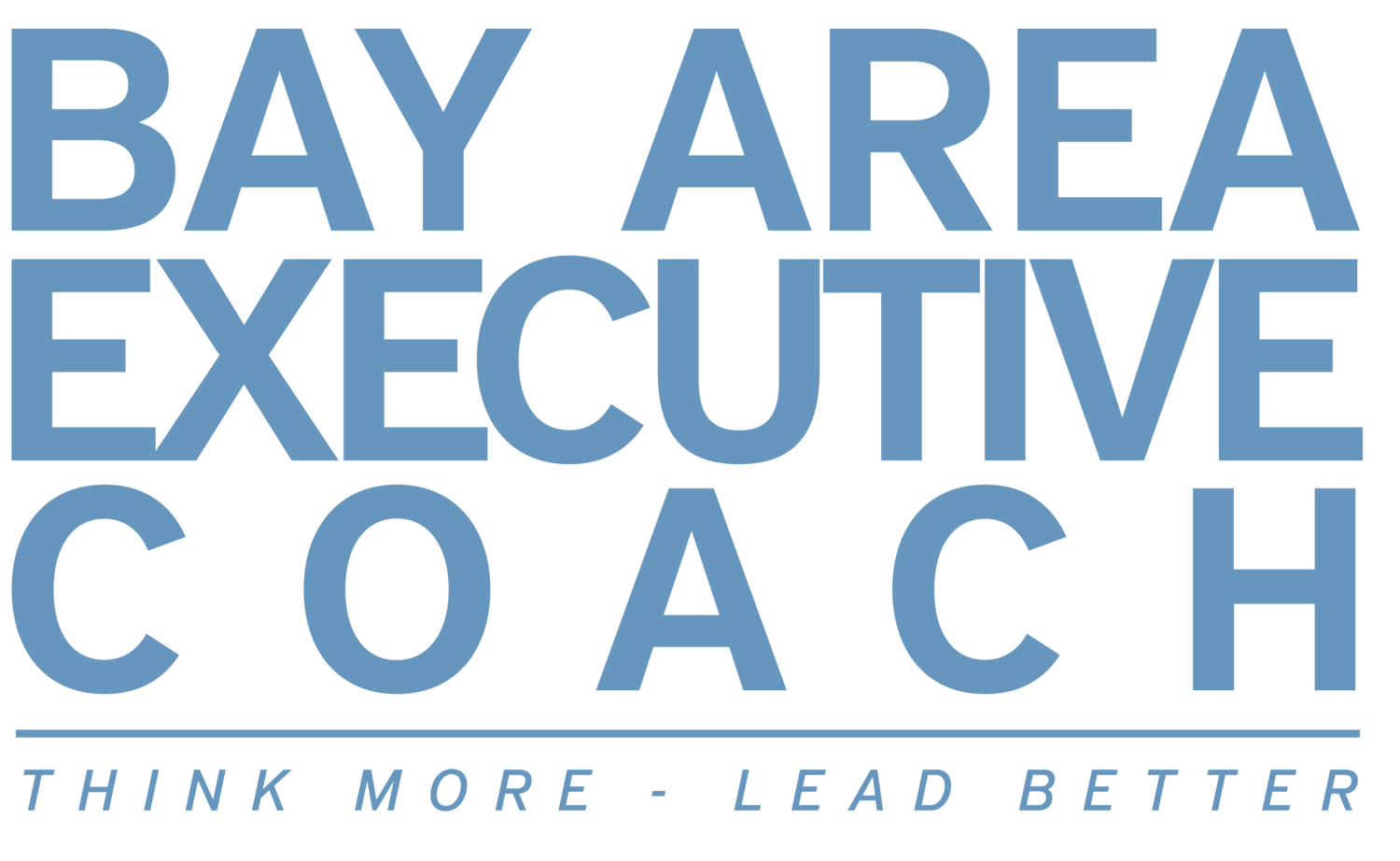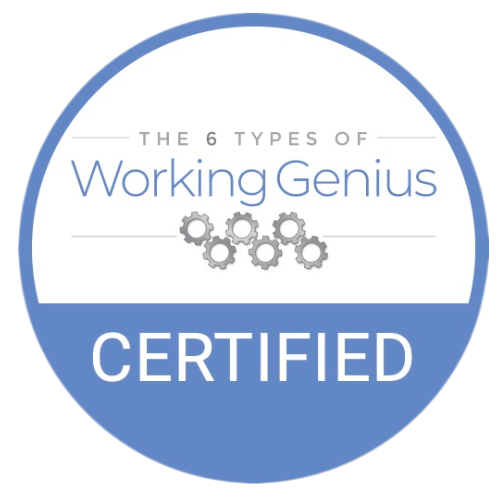A lot of different elements underlie organizational success. You’ve got to be in the right place, at the right time, with the right product offering and the right team. There’s one other element that needs to be in play to drive sustainable success and that’s a great workplace culture supported by positive emotions.
Do you know the emotional culture of your organisation?
Eventually competitors can come along and replicate your best practices, strategies and processes. As Herb Kelleher from Southwest Airlines once famously said “All airlines have airplanes.”
According to Kelleher, “We’ve never had layoffs. We could have made more money if we furloughed people. But we don’t do that. And we honor them constantly. Our people know that if they are sick, we will take care of them. If there are occasions of grief or joy, we will be there with them. They know that we value them as people, not just cogs in a machine.”
So, culture matters.
Culture is defined in many ways, one of the more commercial ways of thinking about it is this, culture is the degree of alignment between strategy and the way employees think and behave.
In 2016, Harvard Business Review featured an article titled Manage Your Emotional Culture. The article distinguishes between Cognitive Culture and Emotional Culture. It goes on to say that emotional culture is rarely managed as deliberately as cognitive culture and it’s often not managed at all.
The piece shares examples of how much companies suffer as a result. Employees who should be showing compassion (in health care, for example become callous and indifferent.)
Teams that would benefit from joy and pride instead tolerate a culture of anger. People who lack a healthy amount of fear (say, in security firms or investment banks) act recklessly.
The effects can be especially damaging during times of upheaval, such as organizational restructurings and financial downturns.
WHERE SHOULD YOU START IN UNDERSTANDING EMOTIONAL CULTURE?
To discuss and understand the concept of emotional intelligence and emotional culture, first we need to look at the underlying science of emotions. Why do we react the way we do? How does others’ behaviour impact us the way it does?
We all experience a wide range of pleasant and unpleasant feelings at work as we interact with peers, clients, vendors and others. These feelings influence our decisions, behaviour and performance.
Pleasant feelings have a ‘broaden and build’ effect causing us to think more broadly, engage more deeply and perform better.

In contrast, unpleasant emotions tend to have a ‘narrowing and limiting’ effect, causing us to be more closed-minded, less engaging and poorer at performing. Taken together, these emotions can impact organizations’ bottom lines for better or worse.
Let’s take a closer look at what constitutes positive or pleasant emotions. Think about your experiences in the workplace for a moment. When people feel relaxed at work, they tend to be solution focused. When they feel involved, they often promote the brand. When they feel cared for by the company, they go above and beyond in the level of discretionary effort they put towards the company. Finally, employees that are empowered are often the hardest working and innovative team members.
Now, let’s look at negative or unpleasant emotions. When people feel anxious, they are more likely to be reactive. When stressed, they can become aggressive. It’s human nature. When an employee feels fearful, they might react by blaming others. Finally, when people feel disempowered, they can assume a lack of responsibility and ownership for their work. We’ve all been there.
Research shows that people in high performing organisations experience more positive emotions and fewer negative emotions than those in low performing organisations. (Boedker et al. 2011)
Knowing all this, it begs the question, why aren’t more organisations working to focus on understanding how their people are feeling and managing their EMOTIONAL CULTURE?
TAKE A MOMENT AND CONSIDER YOUR ORGANIZATION. DO YOU KNOW HOW YOUR PEOPLE ARE FEELING RIGHT NOW?
Often, companies release employee engagement surveys that are confidential, but staff that are struggling or feeling fearful may not respond in the most honest way for fear of repercussion. Others measure Net Promoter Score with questions revolving around how likely you are to recommend a company to others or as a customer, how likely you are to recommend the products.
Some organizations have even had volunteers use wearables to measure things like tone of voice, body language, frequency of social interactions, and participation in meetings.
We believe emotional culture surveys are the most direct and impactful way to measure emotional culture because they measure three distinct variables to help identify whether or not emotions experienced need to shift. They measure:
- Experienced emotions
- Expected emotions
- Ideal or desirable levels of emotions
See the chart below for an example of the emotional culture survey we believe in and make available to organizations large and small at no charge.

When you understand how your people are feeling, how they’d ideally like to feel and where the gaps are – you can do something about it. It allows you to more easily understand where the differences are – so you can be informed in making decisions for your L&D, training and development of your teams and workplace culture. You can continue to strive to be a great place to work.
We’d like to give you the opportunity to do so by experiencing The Emotional Culture Index from Genos International.
The Emotional Culture Index is designed to measure three dimensions of emotions at work:
- Current state – How often your people experience certain feelings at work.
- Expected state – How often your people think it’s fair and reasonable to experience these feelings at work given the nature and context of your workplace.
- Ideal state – How often your people think they should ideally experience these feelings in your workplace to be effective.
It also allows participants to share confidential free text responses on key areas. You can customize the survey by department, team, region or a particular demographic or group.
It takes only a few minutes to complete, and you will receive a report with its findings and have the opportunity to discuss privately with a me, a Genos Certified Emotional Intelligence Practitioner. Again, it’s free to have this done for your team or organization. We feel it’s a great way to get the conversation started about the importance of nurturing the emotional culture and the value of emotional intelligence or EI in the workplace.
It’s well known that executives benefit from having a personal coach. It’s less clear how teams can also benefit from coaching. Read our article Team Coaching: What it is and how it works, in a nutshell, and check out our team coaching services.
As we enter into a world of AI, automation and machine-led learning, our ability to feel and be human is what makes us unique. We encourage you to take this limited time opportunity to uncover your emotional culture.
Contact us to request an ECI survey for your team or workplace.
To learn more about emotional intelligence, download our free eBook, “How to Lead With Emotional Intelligence”, and our case study, “Guiding a Leader to Employ Emotional Intelligence at Work”.
Empathy can be key in understanding the emotional culture of your organisation. Watch our video on the topic, Unlocking Empathy: The Key to Exceptional Leadership.
Featured photo is from ©Tim Mossholder via Pexels.




















